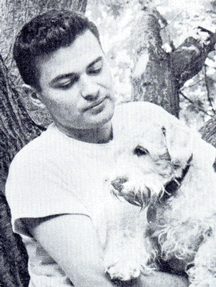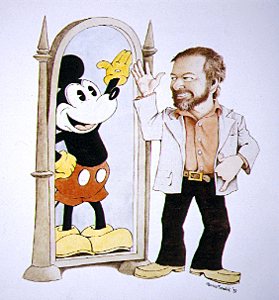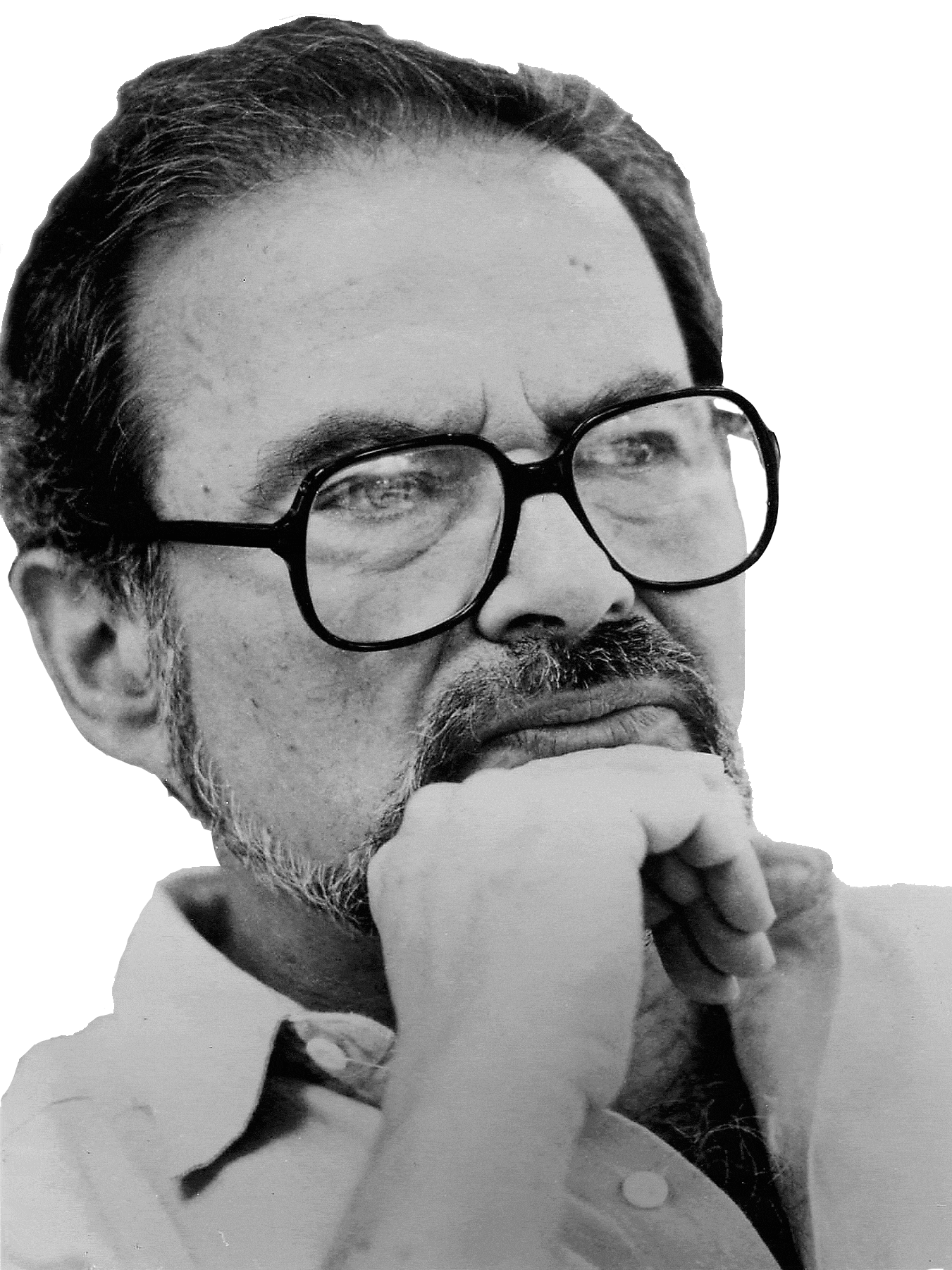Maurice
Sendak was born June 10, 1928, in one of the many melting-pot neighborhoods
of Brooklyn, New York. He was the youngest of three children of Sarah and
Philip Sendak, Polish immigrants who had come to America before the First
World War. When Maurice was born, his sister Natalie was nine, and his brother
Jack, five.
Sendak shared some of
his happiest childhood experiences with his father, who introduced him to
storytelling (Berg 1993), “During my childhood, which seemed like one
long series of illnesses, he invented beautiful imaginative tales to tell
me and my brother and sister. He was a marvelous improviser and would often
extend a story for several nights.”
Sendak created his first
book in 1934 with his brother Jack. It was about the inseparability of Sendak
and his siblings. He realized very early in his life that he wanted to be
an illustrator.
Sendak hated school from the beginning. “The only part of my childhood
that was truly punishing and suffering was school.” He disliked the
competition and hated being in crowded classrooms.
From
1941 to 1945, Sendak was at Lafayette High School where his dislike for school
continued, with the exception of his art classes. Through high school he was
influenced by the crosshatching style of George Cruikshank and Wilhelm Busch.
Sendak’s first illustrated book was published
in 1947. It was called Atomics for the Millions and was written by
one of his high school teacher. After high school, Sendak worked at F.A.O. Schwarz
and attended classes at the Art Students League. In 1950, Sendak met Ursula
Nordstrom, a children’s book editor at Harper and Brothers. She was very
interested in Sendak and his talent for illustration and aided him on his journey
to becoming an illustrator. In 1952, Sendak illustrated A
Hole is to Dig by Ruth Krauss, and this work established his reputation
as an illustrator.

At
the age of two, Sendak contracted measles followed by double pneumonia, which
left him frail and influenced his childhood life greatly. He would often not
be allowed to go outside and play. This made it difficult for him to make friends,
and he was terrible at sports. Young Sendak ended up spending a lot of time
indoors observing instead of doing, often in the kitchen with his mother and
grandmother (Lanes 1980). He would create stories about his grandmother and
had a very good sense of his surrounding neighborhood which would serve as inspiration
in many of his works.
Sendak
wrote his first book, Very Far Away in 1956. In 1960, a character inspired
by a neighborhood child that Sendak had spent a lot of time sketching from his
apartment window was brought to life in The Sign on Rosie’s Door.
By the age of thirty-four, Sendak had illustrated fifty books. The following
year, 1963, Sendak created Where
the Wild Things Are. The book quickly became one of his most popular
and controversial works. In 1964, he won the Caldecott Medal for Where
the Wild Things Are, which marked a momentous point in Sendak’s
career, “I feel that I am at the end of a long apprenticeship. By that
I mean all my previous work now seems to have been an elaborate preparation
for it. I believe it is an immense step forward for me, a critical stage in
my work.”
In 1970, the product of
two years of Sendak’s concentrated work was published, In
the Night Kitchen. Following this, Sendak began of series of other
exploits, including an animated film, which he produced in 1975 called “Really
Rosie Starring the Nutshell Kids.”
In 1981, Sendak had finished his work on what he would consider his best work,
Outside
Over There. The book is inspired by his own childhood, when his mother
would go out to work and leave him in his care of his older sister Natalie
(Berg 1993).
Sendak has made major
contributions to the world of children’s literature. Despite boundaries
that he broke and controversies he faced, he was able to achieve great success.
In the past years, Sendak has shown his versatility in the arts working in
theatre and television, aside from childrens’ books.















